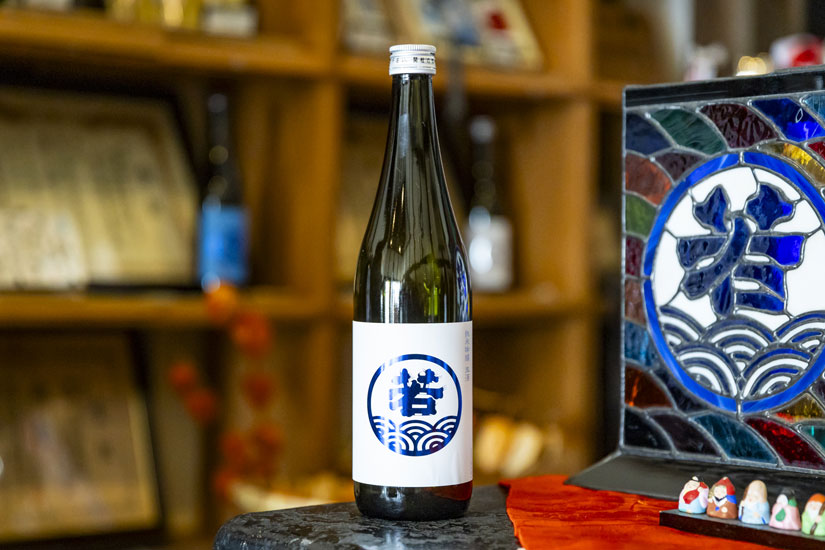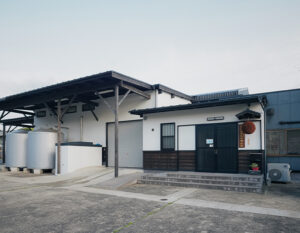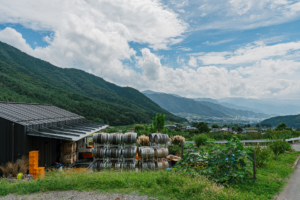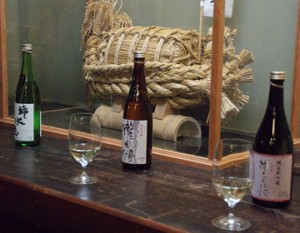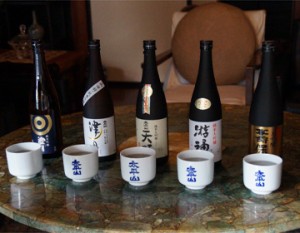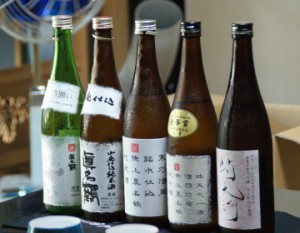Wakami Shuzo was founded in 1922 in Okawa City, Fukuoka Prefecture, located downstream of the Chikugo River. Named with the hope of “creating young waves” like the Chikugo River, the largest river in Kyushu, the brewery has been pioneering the deliciousness of sake in its own unique way.
Founded in the Chikugo River basin, a region famous for sake brewing
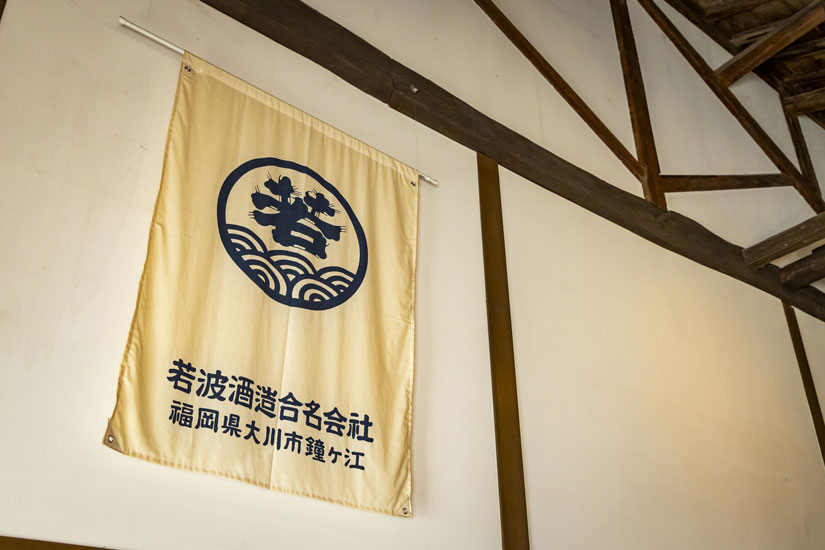
The Chikugo River, the largest river in Kyushu, flows majestically in front of the sake brewery. The Chikugo River basin, where the brewery is located, is blessed with abundant underground water sourced from Mount Aso, and the vast Chikushino Plain, which nurtures high-quality rice, stretches out. As one of Japan’s leading sake-producing regions, it developed significantly, with over 80 sake breweries in existence by the mid-Meiji period. At the same time, “Wakamiya Shuzo,” the main branch of “Imamura Honke Shuzo,” was also founded.
The origins of “Wakamiya Shuzo” date back to 1922 (Taisho 11). Three brothers from “Imamura Honke Shuzo,” which was founded in 1895 (Meiji 28), split off to start their own businesses, and one of them began sake brewing. Today, all other breweries have closed, and Wakamiya Shuzo, the sole remaining brewery, carries on the sake-making tradition of the Imamura family. Currently, the brewery is led by the fourth-generation head, Imamura Kaichiro, his sister and production manager, Imamura Yuka, and the ninth-generation master brewer, Shoji Takahiro, who are dedicated to sake production.
Shortly after production began with these three at the helm, in the 2010 brewing year (Heisei 22), the quality design of the existing “Wakami” brand was completely revamped. The brand was relaunched as a limited-release product, establishing the current structure.
The concept is “the surging wave of flavor and the lingering aftertaste.”

Amid the fierce competition among numerous sake breweries in the Chikugo River basin, Wakami Sake Brewery stands out for its exceptional craftsmanship. Since the inception of the Fukuoka Prefecture Sake Appraisal Competition in 2012 (Heisei 24), Wakami’s “Wakami Junmai Daiginjo” has won the top award, the First Governor’s Award, in every edition. This was a promising start that embodied the company’s founding vision of “creating a fresh wave in sake brewing.” At the 11th Fukuoka Prefecture Sake Appraisal Competition held in September 2023, two of the brewery’s brands, “Wakamiwa Junmai Ginjo Yamada Nishiki” and “Wakamiwa Junmai Sake,” won the same award in the Junmai Ginjo and Junmai Sake categories.
Wakami Shuzo’s concept for sake brewing is “the pushing wave of flavor and the pulling wave of aftertaste.” This refers to the taste of its signature brand, Wakami Junmai Ginjo, which bursts into the mouth like a wave of umami, then quickly recedes with a refreshing finish. Many people are captivated by this beautiful, wave-like quality of the sake.
The moisture content of the rice used for sake brewing is also carefully adjusted.
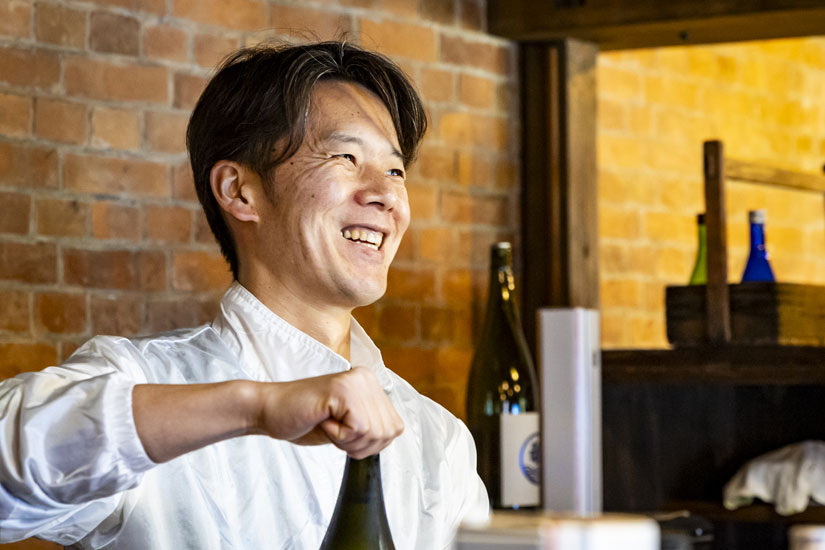
In the 2010 brewing year, the “Wakami” series was completely revamped and reborn as a limited-release product. From the outset, the brewery has been committed to creating “everyday sake that adds color to daily life.” The fourth-generation head brewer, Kaichiro Imamura, says, “Because this is sake that people drink every day, we strive to create a flavor that never gets old, making minor changes every year.”
The rice used as raw material for sake varies in characteristics even if it is the same variety and harvested in the same year. Among these, the difference in moisture content in rice, though only a fraction of 1%, significantly affects the quality of the sake. “We place great importance on reproducibility in producing good sake. Therefore, adjusting the moisture content of the rice is crucial. For example, even if the rice variety and milling degree are the same, the moisture content of the rice varies, so we measure it carefully each time and work with the master brewer to design how to express the differences and individuality between last year’s and this year’s rice in the brewing process.”
The rice used for sake is carefully selected from Fukuoka Prefecture.
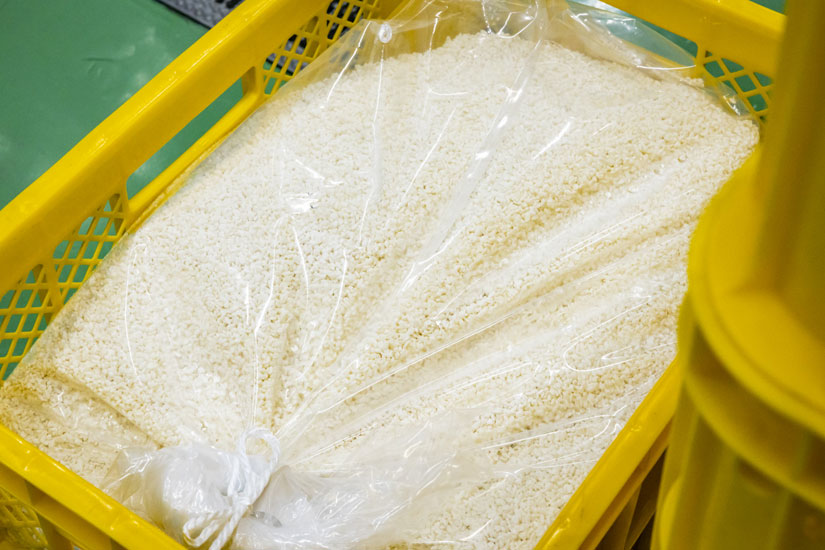
The rice used by Wakami Shuzo is almost entirely grown in Fukuoka Prefecture. The three main varieties used are “Yamada Nishiki,” “Yume Ikkan,” and “Jugenmu,” all of which are rice varieties specifically suited for sake production.
“Yamada Nishiki” is carefully selected from the major production area of Itoshima in Fukuoka Prefecture. It is characterized by its elegant aroma and rich flavor, and is said to effectively express the ‘wave of flavor’ that ‘Wakami Sake Brewery’ aims to achieve. ‘Yume Ikken,’ widely used throughout Fukuoka Prefecture, is used in junmai sake with a rice polishing ratio of 50% to 70%. It has a clean taste with a light aftertaste. “Jugenmu” has a low amino acid content and few impurities. While it may seem bland, it brings out the flavor that Wakaba Shuzo aims for in its brewing process. Due to its characteristics, it dissolves well but is prone to breaking, so it is mainly used in pure rice sake polished to 65%.
“Rather than forcing the flavor to meet target values, we prioritize sake brewing that aligns with the rice’s unique characteristics,” says Mr. Imamura. In addition to rigorous moisture management, the brewery conducts regular discussions and tastings led by the head brewer, and solicits feedback from partner retailers to continuously improve the flavor.
The harmony among the brewery staff fosters the creation of fine sake.
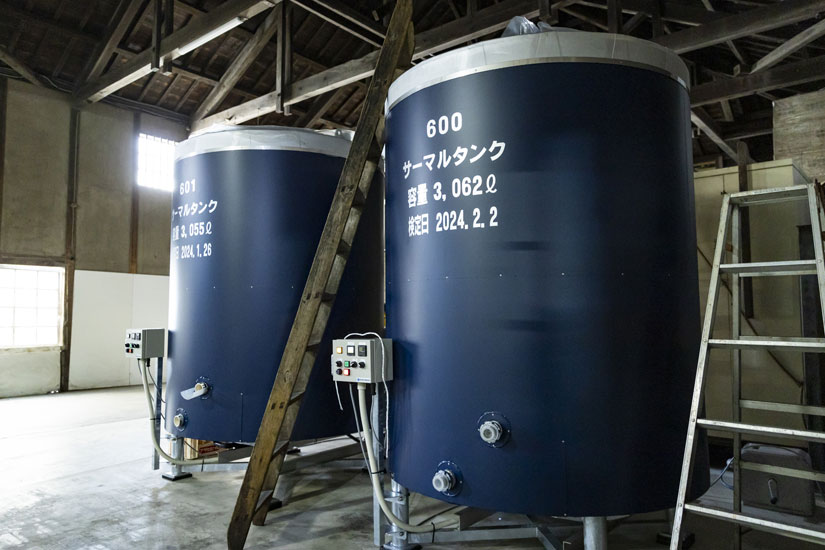
Furthermore, we maintain strict hygiene standards by thoroughly cleaning and organizing the brewery every day, and disassembling and cleaning the brewing equipment once a week. Given the warm climate of Fukuoka, temperature control is also crucial for sake production, so we have introduced thermal tanks equipped with cooling devices that allow for precise temperature regulation. While sake quality design is essential, quality control also plays a significant role in determining the taste.
“Wakamiya Shuzo” operates with a small, elite team. We set a longer brewing period relative to our production volume, taking our time to craft our sake. We do not prioritize mass production. ‘By focusing on how to produce high-quality sake with a small team, we naturally arrived at a meticulous brewing process,’ says Mr. Imamura. The consistent, everyday drinkability of their sake is likely supported by such behind-the-scenes efforts. The uniqueness of Wakamiya is born from its small, dedicated team. As embodied by their motto, “Wa-jo Ryoshu” (harmony brews fine sake), the harmony among the sincere sake brewers continues to produce excellent sake.
To remain unchanged, we continue to refine our craft.
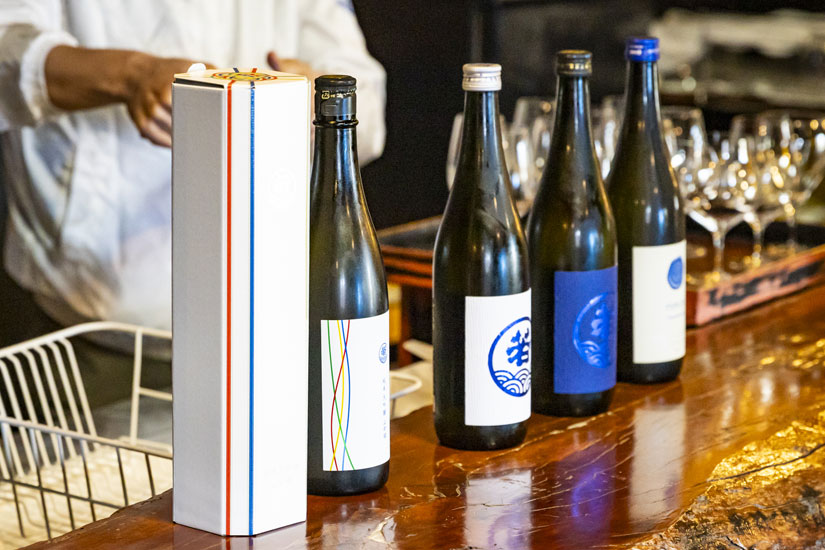
One of the things I am currently working on is exploring the compatibility of local Kyushu cuisine with sake. I source gourmet foods and ingredients from various regions and conduct repeated tastings, focusing on standard sakes. I incorporate the ideas and improvements that emerge—such as aroma, acidity, and aftertaste—into the sake-making process. When aiming to create a sake for everyday use, pairing it with locally beloved dishes is perhaps the most important consideration. To create a sake that will remain a staple in people’s lives, it is essential to continuously refine what already exists.
Previously, we changed the rice used in our seasonal limited-edition brand “Wakami Junmai Ginjo TYPE-FY2,” which was well-received, from processed rice to 100% Yamada Nishiki rice for year-round sales. At the time, the brewers temporarily hesitated over the rice change, worried that the refined, clean taste characteristic of “Yamada Nishiki” might leave those who preferred the previous flavor feeling unsatisfied. However, when it was released as planned, it was unexpectedly well-received. “I believe this bottle has become one that people can recognize as the current Wakami, including this evolution,” recalls Imamura.
While maintaining the original concept, the brewery continues to make updates. “To become a presence that enriches daily life, we strive to improve the quality of our everyday sake,” says Imura. This philosophy continues to resonate with those who enjoy their sake. Perhaps the day when these small waves grow into larger ones, creating a new wave in the world of Japanese sake, is not too far off.



